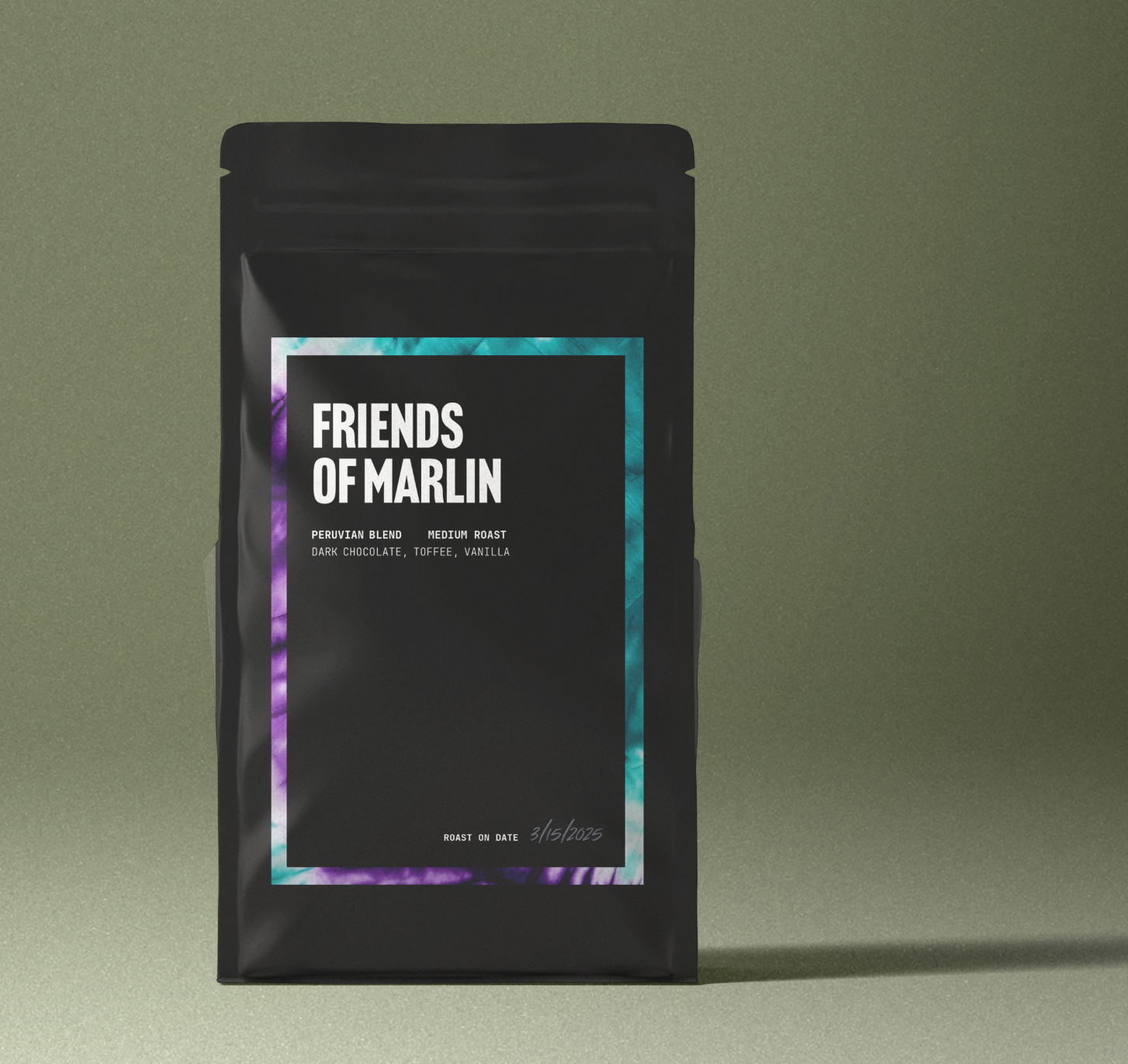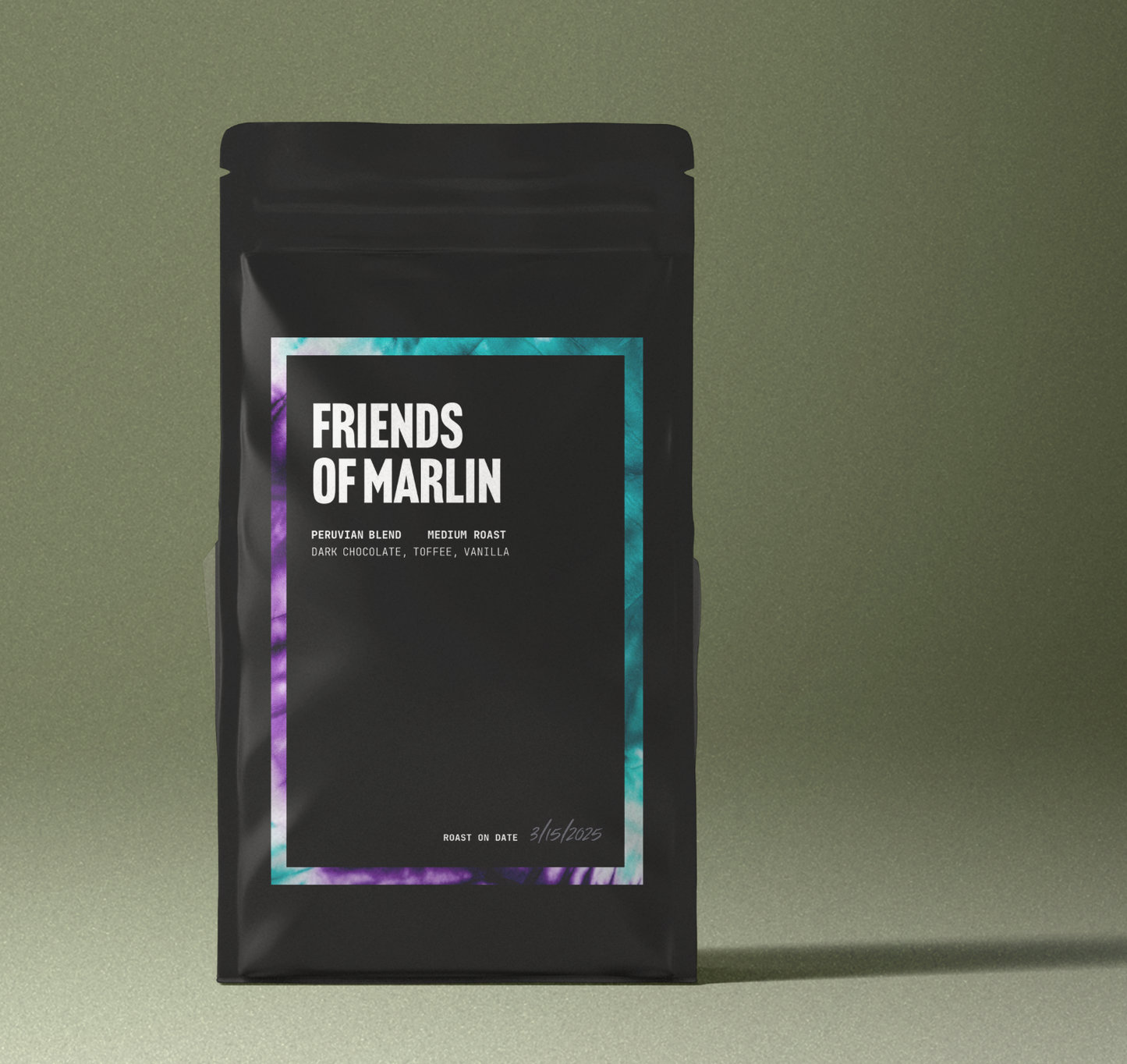
Pour-Over Coffee: Brewing Perfection
Share
If you've ever tasted a cup of coffee that was so vibrant, clean, and aromatic that it made you pause mid-sip—you've likely encountered pour-over coffee at its best. This method is more than just a brewing style; it's a ritual, a meditation, and a craft. Unlike automated brewing, manual coffee brewing allows you to take full control over each variable, from grind size to water flow. The result? A cup that expresses every nuance of the coffee bean.
Whether you're a home brewer looking to up your game or a beginner diving into specialty coffee brewing, this guide will walk you through everything you need to know—from gear selection to technique—so you can consistently brew the perfect cup. The pour-over method not only elevates flavor clarity but also deepens your connection to the brewing process.
What Is Pour-Over Coffee?
Pour-over coffee is a brewing method where hot water is manually poured over freshly ground coffee, allowing gravity to draw the water through the grounds and a filter into a carafe or cup. Unlike drip coffee machines, which automate the process, pour-over gives you direct control over water temperature, pour rate, saturation time, and coffee extraction. This makes it ideal for showcasing the flavors of single-origin coffee, where clarity and detail matter.
Many coffee enthusiasts are drawn to pour-over because it unlocks subtle notes that often get lost in other methods. Whether it's the floral brightness of an Ethiopian bean or the chocolatey depth of a Colombian roast, pour-over brings those flavor notes front and center. When paired with light roast coffee, this method becomes a powerful tool for capturing the full spectrum of a coffee's origin.

Understanding Manual Coffee Brewing
Manual coffee brewing encompasses any method that relies on hand-crafted techniques, such as pour-over, French press, and AeroPress. Pour-over, however, stands out for its ability to fine-tune the extraction process through precise control. This level of manipulation isn't possible in automated brewers, making pour-over the go-to method for many who crave consistency and depth.
The pour-over process is not just about making coffee—it's about forming a deeper understanding of the variables that affect your brew. Coffee extraction, for example, is influenced by the grind size, water quality, brew time, and temperature. With manual brewing, you're actively involved in balancing these variables for the best outcome.
The Essential Gear for Pour-Over Brewing
One of the beautiful aspects of pour-over is how minimal yet intentional the equipment is. While it might seem simple, each piece plays a critical role in the final cup.
First, you'll need a pour-over dripper. There are several popular styles, each with slightly different flow dynamics and taste results. The Hario V60 is a favorite for its spiral ridges and single large hole that allows control over the brewing speed. The Chemex is known for its thicker filter, which results in a cleaner cup with less oil. Other reliable options include the Kalita Wave, which uses a flat-bottom design, and the Melitta, a more beginner-friendly option.
Each of these drippers has unique characteristics that affect coffee extraction. The Kalita Wave, for instance, offers a slower and more even extraction, which is great for those new to the process. The Chemex, often praised for its sleek design, uses proprietary paper filters that remove more oils and sediment than typical filters, enhancing the clarity of the brew.
Second, the right coffee filters matter. Always use filters designed specifically for your dripper model. Unbleached filters are generally preferred because they're more environmentally friendly and less likely to impart off-flavors—just make sure to rinse them beforehand. This helps eliminate any papery taste and also preheats the equipment for better temperature stability.
Third, a gooseneck kettle is non-negotiable for serious brewers. The thin, curved spout gives you the ability to control your pour with precision—essential for saturating the coffee bed evenly and avoiding over-extraction. Most gooseneck kettles also allow temperature control, which ensures you stay within the optimal range of 195°F to 205°F, the sweet spot for water temperature for coffee.
You'll also need a burr grinder, as grind consistency is key. Blade grinders chop unevenly, which leads to an uneven extraction. A burr grinder crushes the beans uniformly, ensuring a medium-fine grind that's perfect for pour-over. Coffee grind size matters immensely—too coarse and you under-extract; too fine and you over-extract, creating bitterness.
To measure your ingredients accurately, a digital scale and timer round out your setup, ensuring accurate measurements and repeatable results—two essential elements of any good brew. A consistent coffee-to-water ratio is critical to producing balanced cups. Most experts recommend a ratio of 1:16, but depending on your taste preferences, you may adjust this to 1:15 or even 1:17.

Choosing the Right Coffee Beans
The beauty of pour-over lies in its ability to highlight subtle characteristics, so freshly roasted, high-quality beans are a must. Ideally, use single-origin coffee, which means the beans come from a specific country, region, or even farm. This traceability allows you to explore unique flavor profiles—from fruity and floral to nutty and earthy.
Single-origin coffee pairs particularly well with pour-over brewing due to its clarity of flavor. Unlike blends, which combine beans from different sources, single-origin coffee delivers a distinct and identifiable taste, often influenced by the microclimate where the beans were grown.
Roast date is also crucial. Look for beans roasted within the last two to four weeks. Anything older may have lost its peak aroma and complexity. Light roast coffee tends to perform best with pour-over methods, as it preserves more of the bean's natural character. Dark roasts, while still usable, may obscure some of the nuanced flavors pour-over is designed to highlight.
Grind Size: Why Medium-Fine Is Just Right
Ask any barista, and they'll tell you—grind size matters. For pour-over, a medium-fine grind is typically best. It should feel similar to granulated sugar between your fingers. A grind that's too coarse will allow water to pass through too quickly, resulting in under-extraction, which creates weak or sour flavors. On the flip side, grinding too fine leads to over-extraction, which produces bitterness and dulls the coffee's nuances.
If you're unsure, consult a coffee grind size chart to better understand the scale and make informed adjustments based on your brewing times and taste preferences. Experimentation is key. Keep notes, and adjust the grind slightly each time you brew to understand how it affects the final cup.
Mastering the Coffee-to-Water Ratio
Consistency starts with the right proportions. The coffee-to-water ratio is a foundational part of achieving balance in your cup. A common starting point is 1 gram of coffee for every 16 grams of water—so, for example, 25 grams of coffee to 400 grams of water.
You can adjust this depending on your preferences. Some prefer a stronger cup with a 1:15 ratio, while others go as light as 1:17. Using a digital scale ensures you hit your target every time, eliminating guesswork and allowing for repeatable results.
Perfecting Water Temperature for Coffee
Water that's too hot or too cold can throw off the entire brew. Aim for a temperature between 195°F and 205°F (90°C to 96°C). This range is ideal for proper coffee extraction, dissolving the right compounds to produce a flavorful cup without bitterness.
Most gooseneck kettles with built-in thermometers will let you dial in this range easily. If you don't have one, boil the water and let it rest for about 30 seconds before pouring—it should drop into the sweet spot.
Preparing the Filter and Dripper
Before brewing, rinse your paper filter with hot water to remove any papery taste and to preheat your dripper and carafe. This small step enhances the overall flavor and keeps the brewing temperature more stable.
Discard the rinse water, add your coffee grounds, and gently shake the dripper to level the bed. A level bed ensures even saturation during pouring and helps prevent channeling, which can cause uneven extraction.
The Coffee Bloom: Let It Breathe
Start your timer and pour just enough water to saturate the coffee—about double the weight of the grounds. For 25 grams of coffee, that means about 50 grams of water. This stage is known as the coffee bloom, and it lasts about 30 to 45 seconds.
During the bloom, carbon dioxide gases from the roasting process are released. Allowing these gases to escape leads to more even coffee extraction and better flavor. Skipping this step can result in a sour, flat cup.
Pouring Techniques: Where Art Meets Science
After the bloom, begin pouring the remaining water in slow, steady circles, starting at the center and spiraling outward, then back inward. Pour in stages, maintaining even saturation without flooding the grounds.
Keep the total brew time around 3 to 4 minutes. Watch the coffee bed—it should remain wet but not submerged. This careful, rhythmic process is where your pouring technique can make or break the cup.
Avoid pouring directly on the paper filter, as it can cause water to bypass the grounds entirely. This not only impacts flavor but also reduces your control over the brewing process.

Staying Patient and Consistent
As the final pour drains through, observe the coffee bed—a flat, even bed indicates a balanced extraction. If the grounds are sloped or uneven, it may point to issues in your pouring or grind consistency.
Precision and patience are what separate a good brew from a great one. By dialing in these small details, you move closer to mastery with each cup. Practice makes perfect, and each brew session offers valuable insights.
Enjoying the Results and Filtered Coffee Benefits
Once the water has passed through, remove the dripper and discard the used filter and grounds. Pour the coffee into your favorite mug and let it cool slightly. This resting period enhances clarity and brings out more nuanced notes.
Filtered coffee benefits include lower levels of cafestol, a compound found in unfiltered coffee that can raise cholesterol. Pour-over coffee, due to its use of paper filters, is a healthier option for those concerned with cholesterol levels.
Pour-Over vs Drip Coffee: Why It Matters
While both pour-over and drip machines use the same basic principle—hot water passing through coffee grounds—the results can be worlds apart.
With pour-over, you control the pace, the saturation, and the coffee-to-water ratio, giving you an artisanal level of customization. Drip machines, while convenient, automate the process and often produce a flatter, less dynamic flavor. For those seeking true expression in their coffee, pour-over stands alone.
Final Thoughts: Mastery Through Intention
Pour-over coffee is more than a trend—it's a timeless method rooted in simplicity, precision, and passion. By investing in the right pour-over coffee gear, mastering your pouring technique, and understanding the impact of each variable—from medium-fine grind size to the importance of the coffee bloom—you'll unlock a world of flavor in every cup.
So the next time you stand over your dripper, gooseneck kettle in hand, remember: you're not just making coffee. You're crafting an experience—one thoughtful pour at a time.

